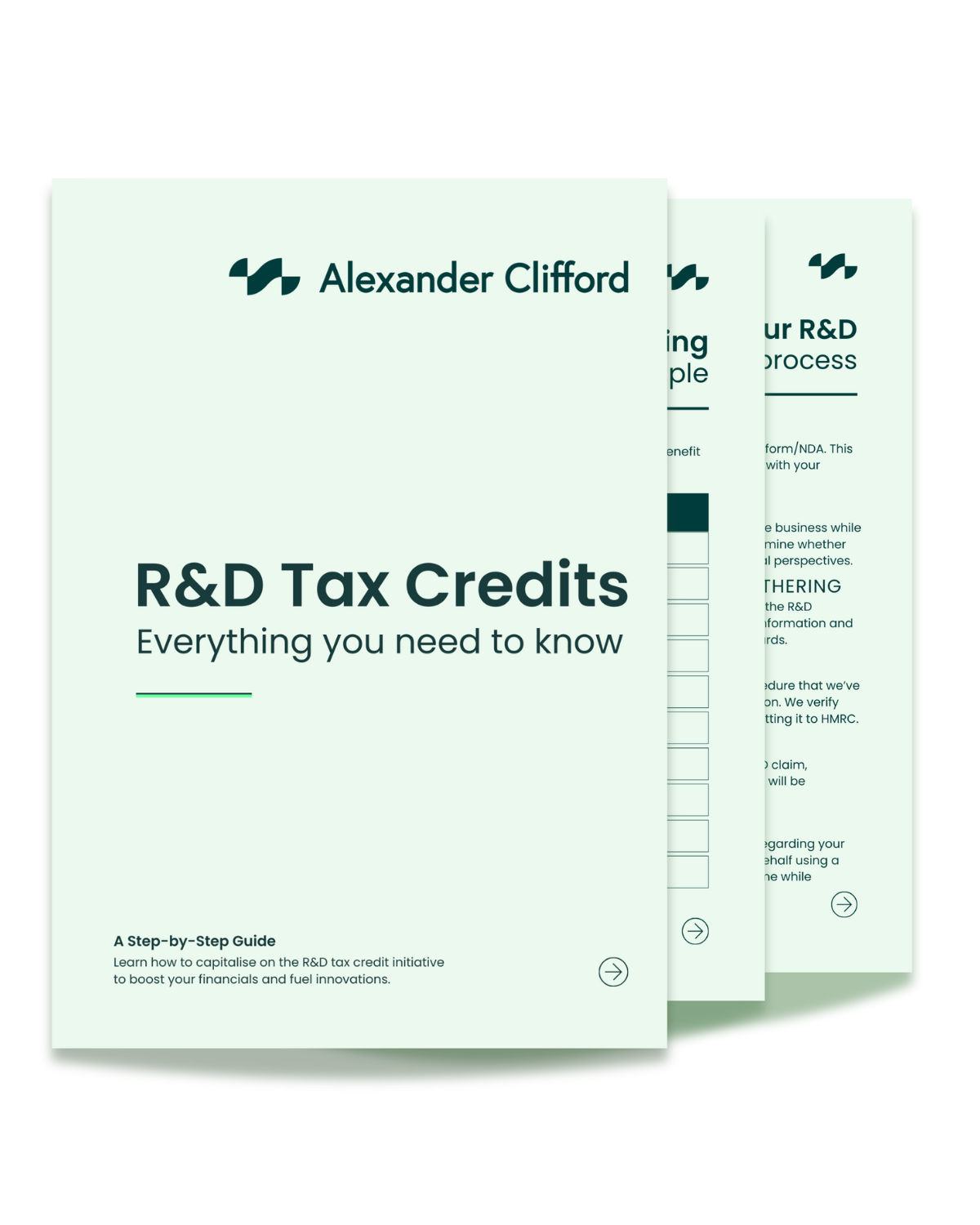Overview
Qualifying at a Glance
With a global focus on sustainability, interest in renewable energy sources has risen and the industry is developing some fantastic innovative processes and technologies. Some examples include:
- Protecting animals – Applying artificial intelligence to identify and categorise marine mammals while conducting in-field operations for offshore wind and oil and gas exploration activities.
- Improving energy storage to prevent waste – Developing new and improved energy storage technologies, such as advanced batteries, flow batteries, compressed air energy storage (CAES), or thermal energy storage systems.
- Advancing wind turbine technology – Designing more efficient and cost-effective wind turbines, optimising blade designs, or enhancing wind farm layouts for maximum energy production.
- Development of innovative solar technologies – Improving the efficiency of solar panels, exploring new materials for photovoltaic cells, or creating novel solar concentrator systems.
- Biomass and bioenergy research – Investigating and optimising the conversion of biomass resources into biofuels, biogas, or bioenergy, and developing new bioenergy production processes.
- Waste-to-energy solutions – Converting waste materials, such as agricultural residues or municipal solid waste, into renewable energy sources like biogas, syngas, or heat.
- Smart grid and energy management systems – Creating intelligent energy management solutions, such as smart grid technologies, demand response systems, and real-time energy monitoring for better energy distribution and utilisation.
- Hydroelectric innovations – Working on more efficient and environmentally friendly hydropower systems, including new turbine designs or fish-friendly fish passages.

You are in a strong position to qualify for R&D claims if you have:
Ask Yourself
- Did you conduct R&D activities to develop new products, processes, or services or to improve existing ones?
- Did the R&D activities involve the resolution of technical uncertainties or challenges that could not be solved by using existing knowledge?
- Did your products or services require extensive trial and testing throughout the creation process?
If you are answering yes, you may qualify to claim back up to 27% of eligible R&D expenditure through HMRC’s R&D Tax Relief Initiative. Contact one of our R&D tax credit specialists to seek further advice on how to proceed with your R&D claim.
The claim process
We understand the complications that can often arise when completing an R&D claim, not to mention the significant amount of time it can consume, diverting your attention from driving your innovation forward. That's why we have streamlined a transparent and hassle-free process that follows a step-by-step approach from start to finish.
Throughout your R&D claim process, we maintain open lines of communication tailored to your preferences. Once we have compiled comprehensive technical and financial reports, we take the responsibility of submitting them and proactively follow up with HMRC, leading the communication on your behalf. Often, our next contact with you brings the exhilarating news of success and positive outcomes.

